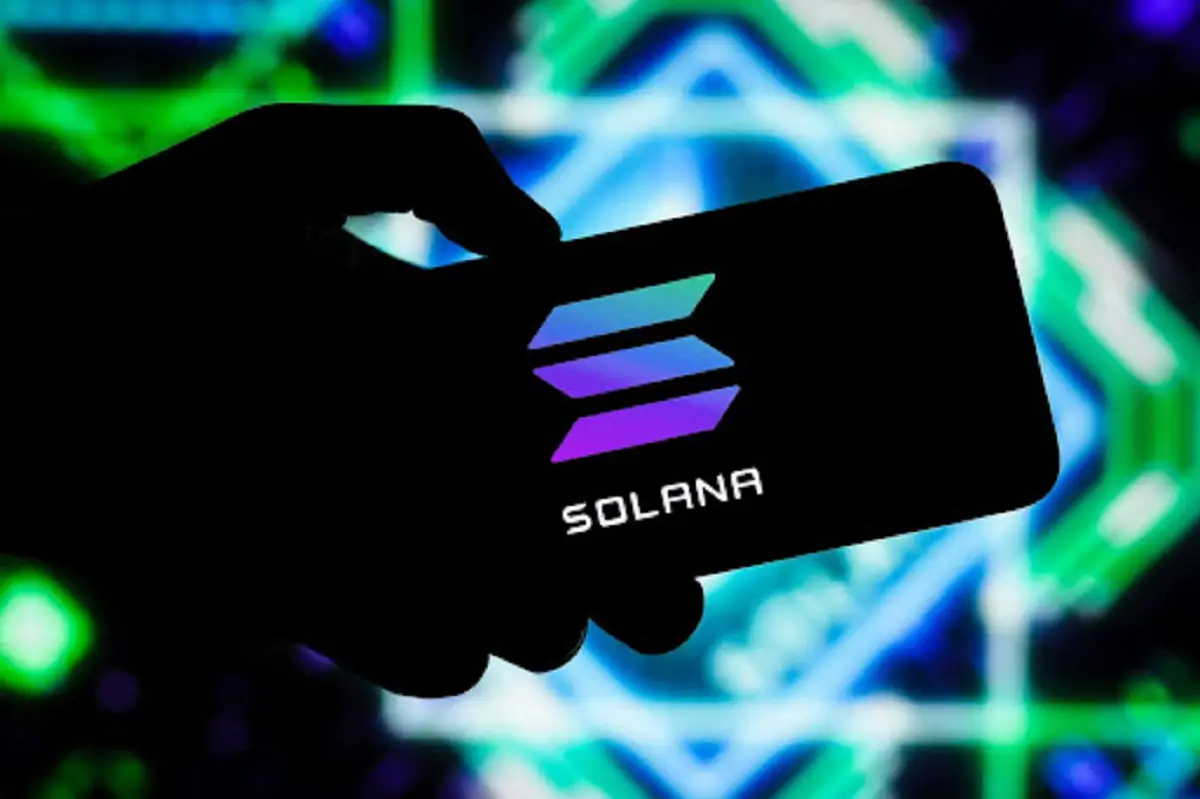Solanas SIMD-228 proposal failed-what that means for the token emission

- Solana’s Governance proposal SIMD-228 failed to reduce inflation because it did not receive the required two-thirds majority, but only 43.6% of the votes.
- SIMD-228 should dynamize the inflation rates, but concerns about the profitability of small validers and network stability led to its rejection.
A proposal to change the Solana inflation model, SIMD-228, did not receive the votes required for the acceptance. Although this proposal was rejected, it was an important development for participation on the Internet.
Tushar Jain, co -founder of Multicoin Capital, emphasized the importance of the event and explainedthat it is a profit for the Solana government. Dune Analytics resulted inthat 74% of the offered offer participated in the vote and 910 validers were involved.
The proposal agreed to 43.6 %, 27.4 % rejected it, and 3.3 % were neutral. In addition, the consent of 66.67 % of the members entitled to vote was required, but only 61.4 % was granted.
This proposal aimed to change the inflation rate from a fixed rate to a variable rate that depends on the stake in the stakes. The inflation rate is initially set to 8 % per year and then reduced 15 % per year in the following year until it reaches 1.5 %. According to SIMD-228, the inflation adjustment would have been flexibly designed, which could lead to a reduction in emission by 80 %.
Historical participation of the validers
As announced on Solana on X, the vote had a record participation of the validers in Solana. In the case of validators, the turnout was 66% of the qualified votes, which corresponds to 75% of the network’s voting rights.
Solana SIMD 228 voter turnout was higher than every US presidential election in the last 100 years pic.twitter.com/qJsyR1deyp
— Solana (@solana) March 13, 2025
The results show a difference between the little ones and the large validers. Over 60 % of the validers with less than 500,000 Sols voted against the proposal, while over 37 % of the validers voted for the proposal with more than 500,000 Sols.
The Validator operator Solblaze emphasized that many SIMD-228 do not consider the correct solution to combat inflation. The economist and one of the authors of the proposal, Max Resnick, said that after hearing the various concerns, further discussions about a possible compromise would be held.
Others claimed that the proposal for the smaller examiners could be harmful because it could affect the yields. Some also claimed that he could destabilize Solanas Defi and put on institutional investors who could strive for a return on Solana’s native tokens.
Solana validators only take part in votes if the economic status of the protocol changes. SIMD-228 was the third governing proposal, but the debate about him was very active.
Market reaction
After the vote, the Solana price fell by 1.5 % and fell to around $ 124. Solana has dropped continuously and has lost less than 60 % in the past two months, which is particularly due to the lower activity of Memecoin.
The market experienced a new all -time high in the transfer volume of Sol, which has reached $ 3 billion for the first time since September 2024, as market analysts found. While the overall network revenue was declining, the whales remained active in both futures and spot options. Coinglass data showed that eternal futures and other contracts made $ 26,02000, while $ 430,000 were traded in OKX, Coinbase and Binance.






No Comments